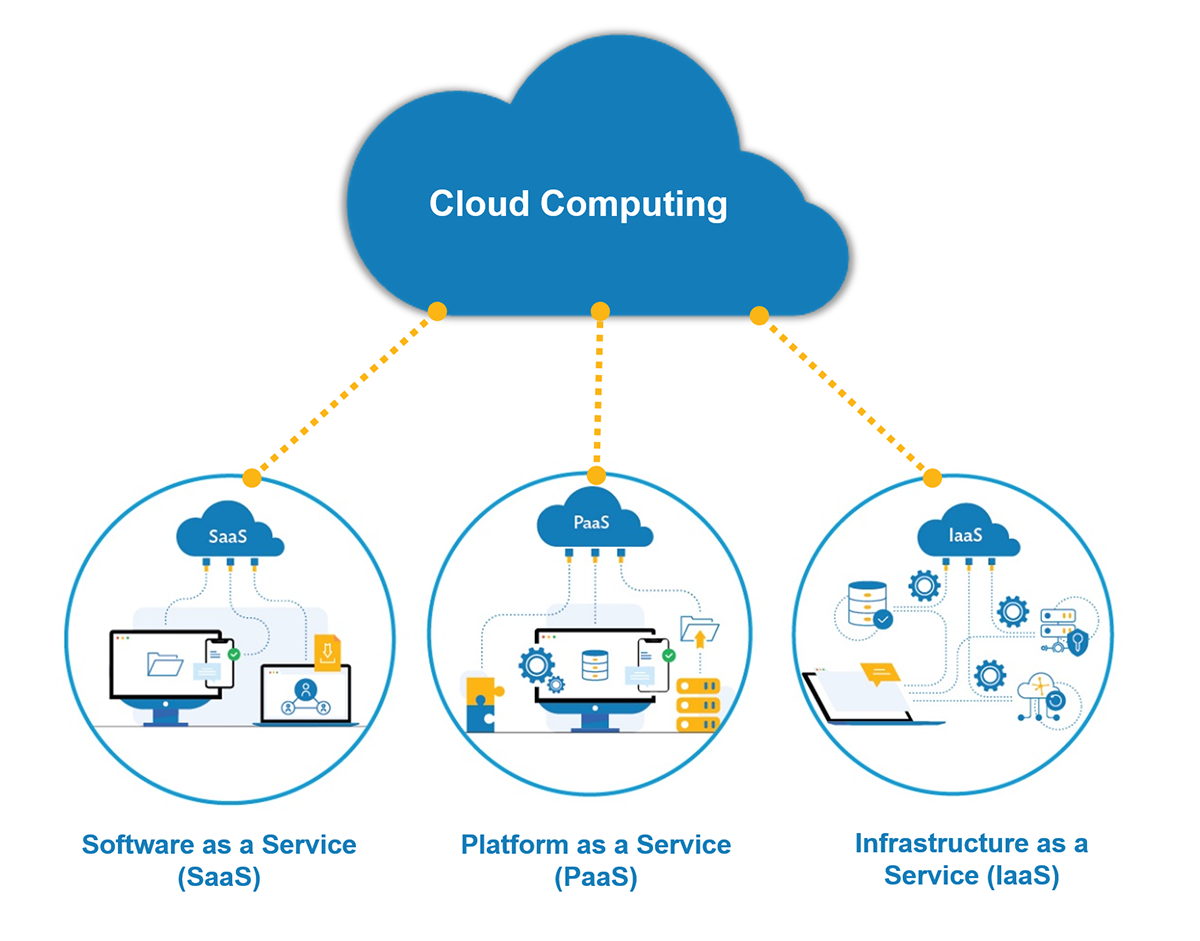Introduction: Cloud computing has revolutionized the way businesses and individuals leverage technology. With its flexibility, scalability, and cost-efficiency, the cloud has become an indispensable tool for storing, managing, and processing data. In this comprehensive blog, we will explore the world of cloud computing, shedding light on its key concepts, benefits, and implementation strategies. Whether you're a beginner or an experienced professional, this guide will provide you with the knowledge and insights to harness the full potential of cloud computing.
Table of Contents:
-
Understanding Cloud Computing: An Overview
- Defining cloud computing and its key characteristics
- Different cloud deployment models: public, private, and hybrid clouds
- Essential cloud service models: Infrastructure as a Service (IaaS), Platform as a Service (PaaS), and Software as a Service (SaaS)
-
Benefits and Advantages of Cloud Computing
- Scalability and elasticity: meeting changing demands seamlessly
- Cost savings and pay-as-you-go models
- Enhanced data accessibility and collaboration
- Disaster recovery and business continuity
- Innovation and agility in deploying new applications
-
Cloud Service Providers: Choosing the Right Partner
- Major cloud providers: Amazon Web Services (AWS), Microsoft Azure, Google Cloud Platform (GCP), and others
- Factors to consider when selecting a cloud provider
- Evaluating service-level agreements (SLAs)
- Understanding pricing models and cost optimization strategies
-
Cloud Migration Strategies and Considerations
- Assessing the readiness of your applications and data for migration
- Lift and shift vs. re-architecting: choosing the right migration approach
- Ensuring data security and compliance during migration
- Testing and validating the migrated applications
-
Managing and Optimizing Cloud Resources
- Resource provisioning and monitoring
- Auto-scaling and load balancing
- Cost optimization techniques: rightsizing, reserved instances, and spot instances
- Performance optimization and troubleshooting
- Governance and security in the cloud
-
Containers and Serverless Computing
- Introduction to containerization: Docker, Kubernetes, and container orchestration
- Benefits of serverless computing: Function as a Service (FaaS) and event-driven architectures
- Use cases and best practices for containers and serverless computing
-
Cloud Security and Compliance
- Identity and access management in the cloud
- Data encryption and key management
- Network security and isolation
- Security monitoring and incident response
- Compliance standards and regulations
-
Emerging Trends in Cloud Computing
- Edge computing and its impact on the cloud
- Artificial Intelligence (AI) and Machine Learning (ML) in the cloud
- Quantum computing and its potential applications
- Serverless architecture advancements
Conclusion: Cloud computing has ushered in a new era of computing capabilities, offering unparalleled scalability, flexibility, and efficiency. By embracing the concepts, best practices, and strategies discussed in this blog, you can unlock the full potential of cloud computing for your organization or personal projects. Remember, cloud computing is a rapidly evolving field, and staying informed about the latest trends and technologies is key to leveraging its benefits effectively. Embrace the cloud, and let it empower your digital transformation journey.


